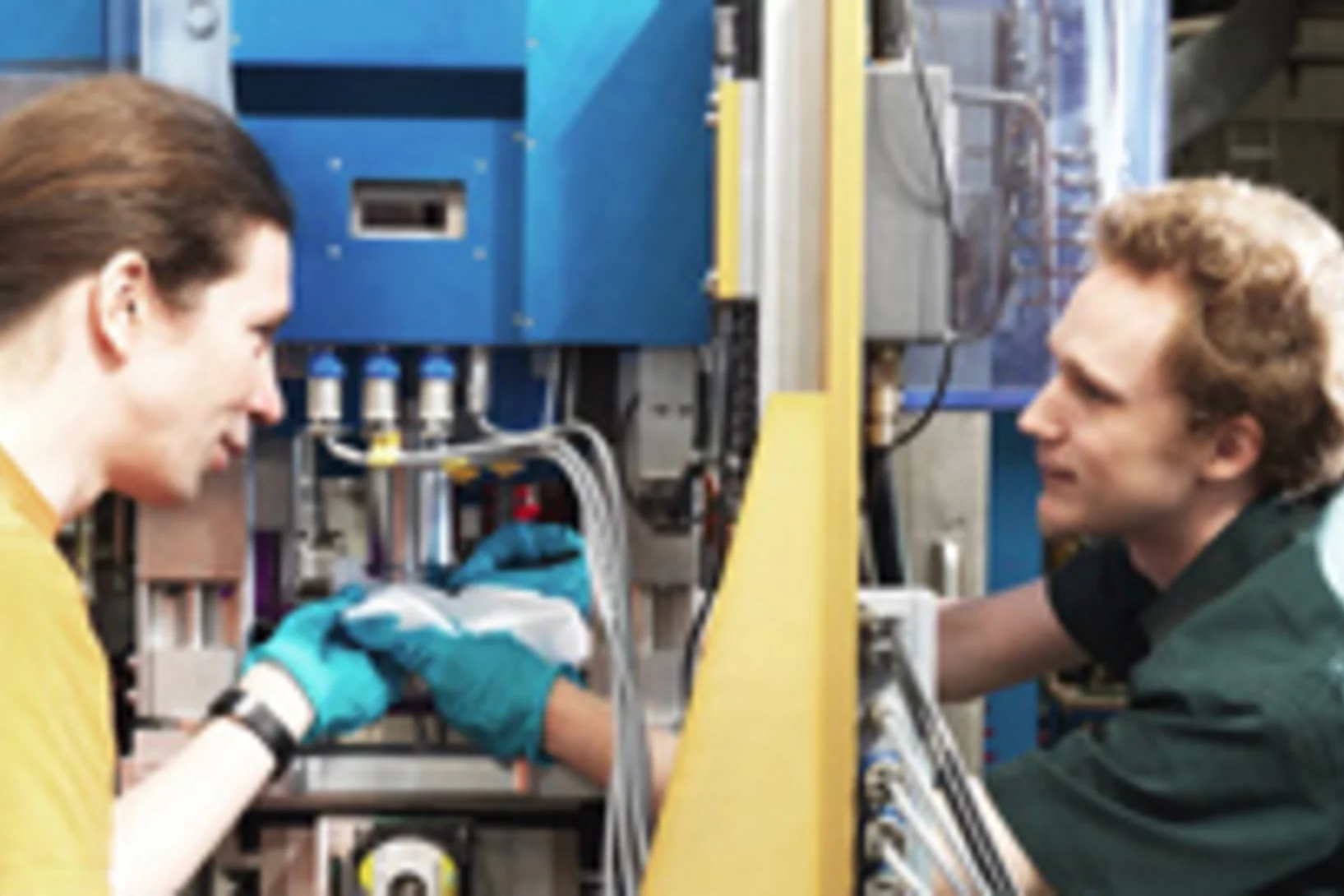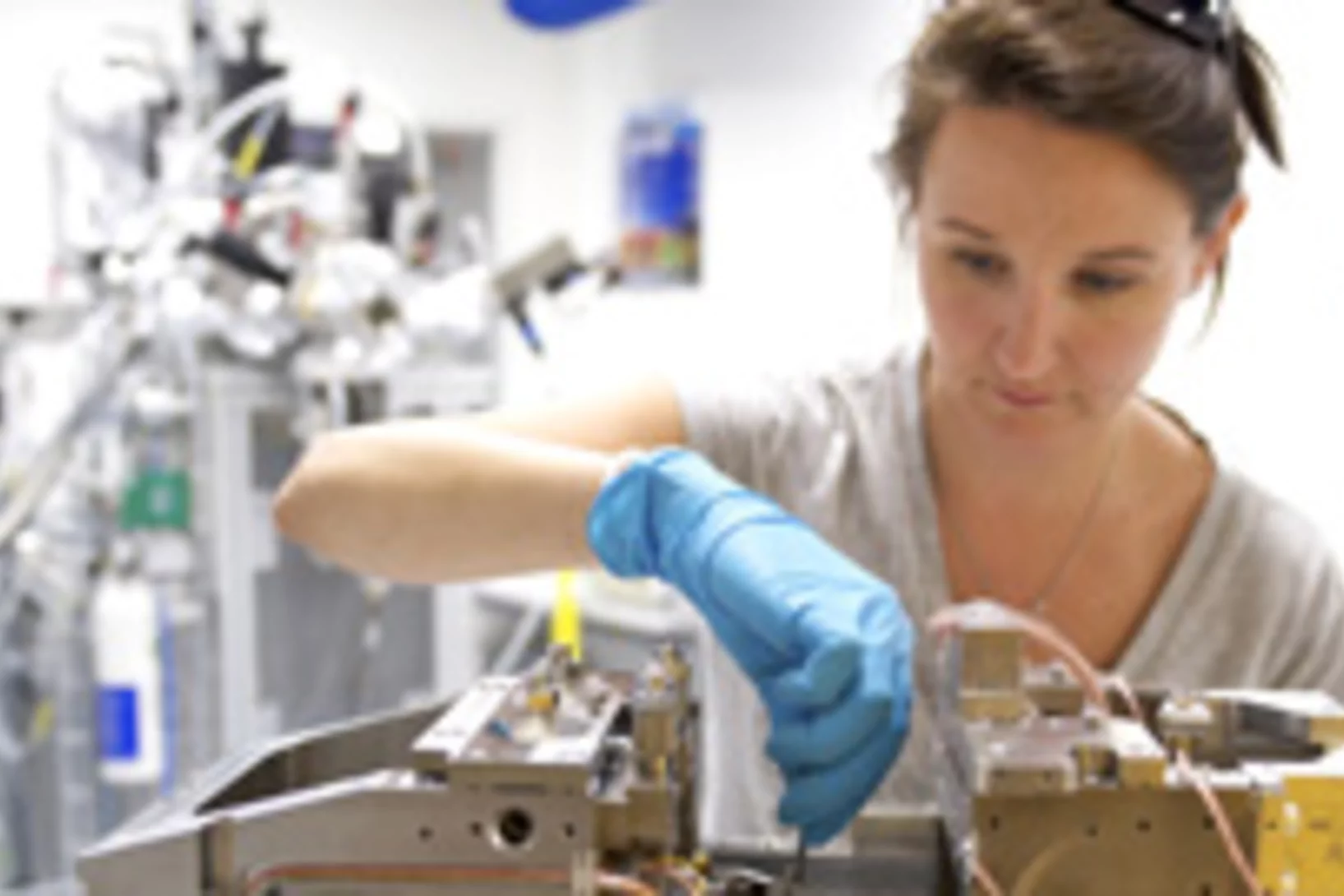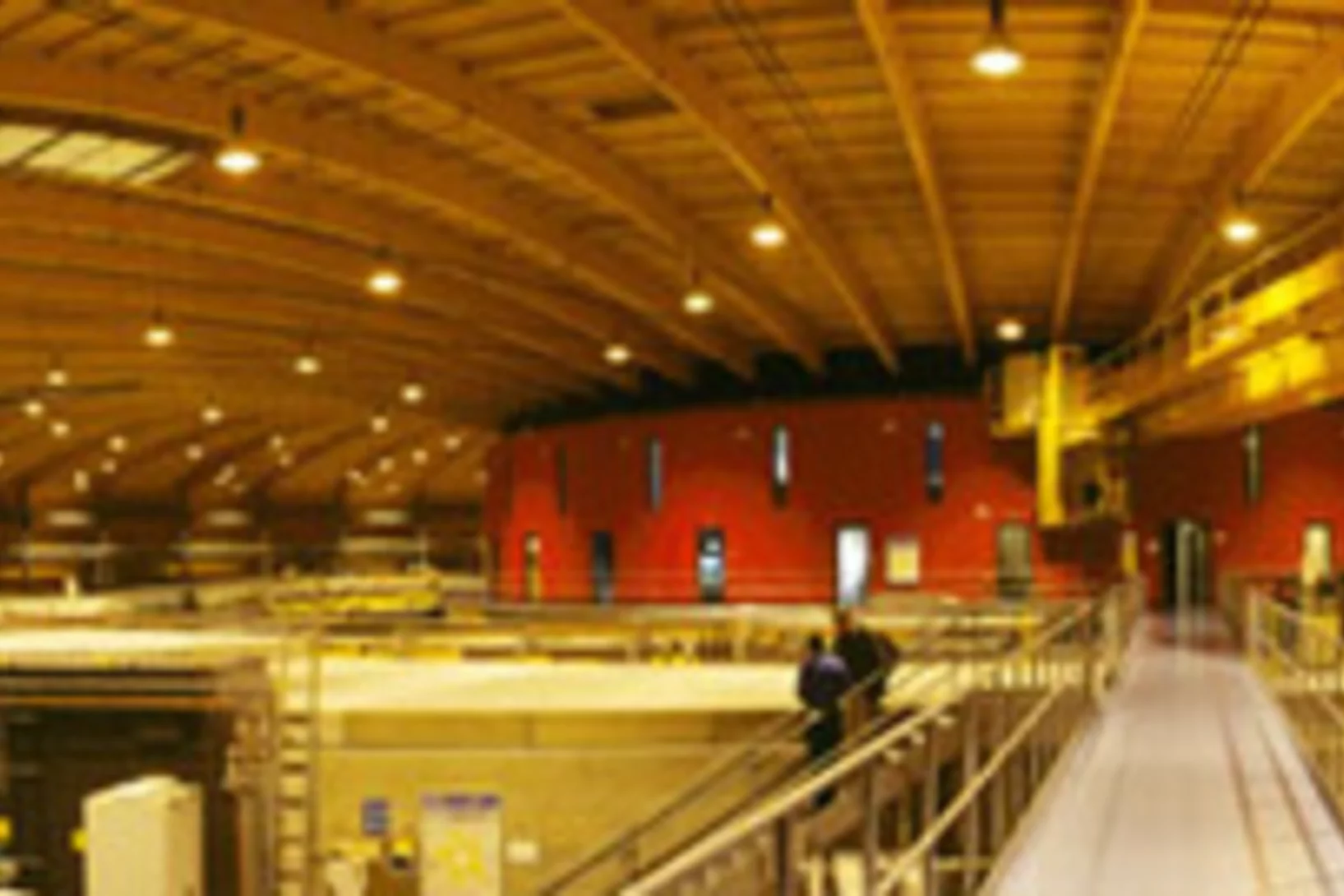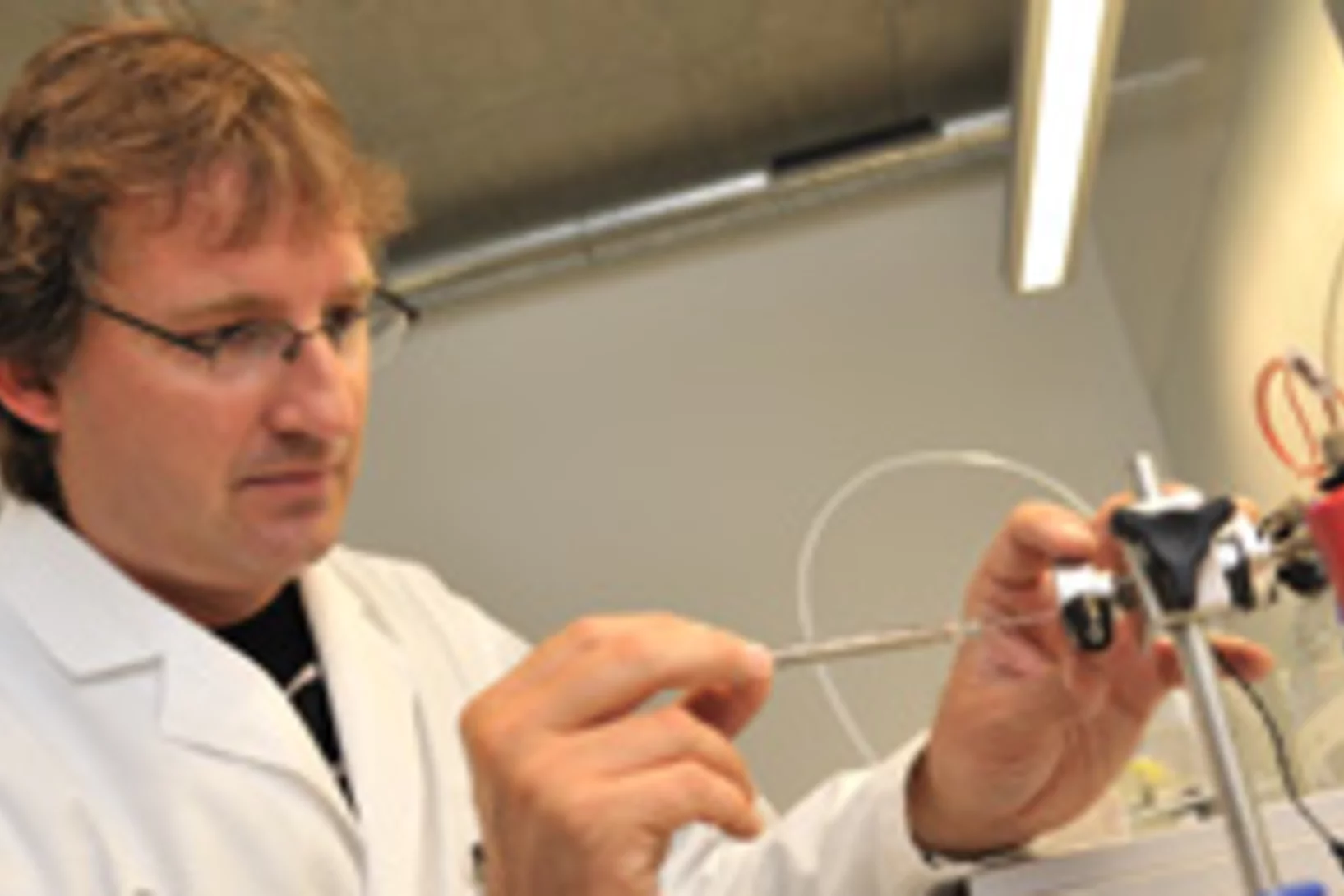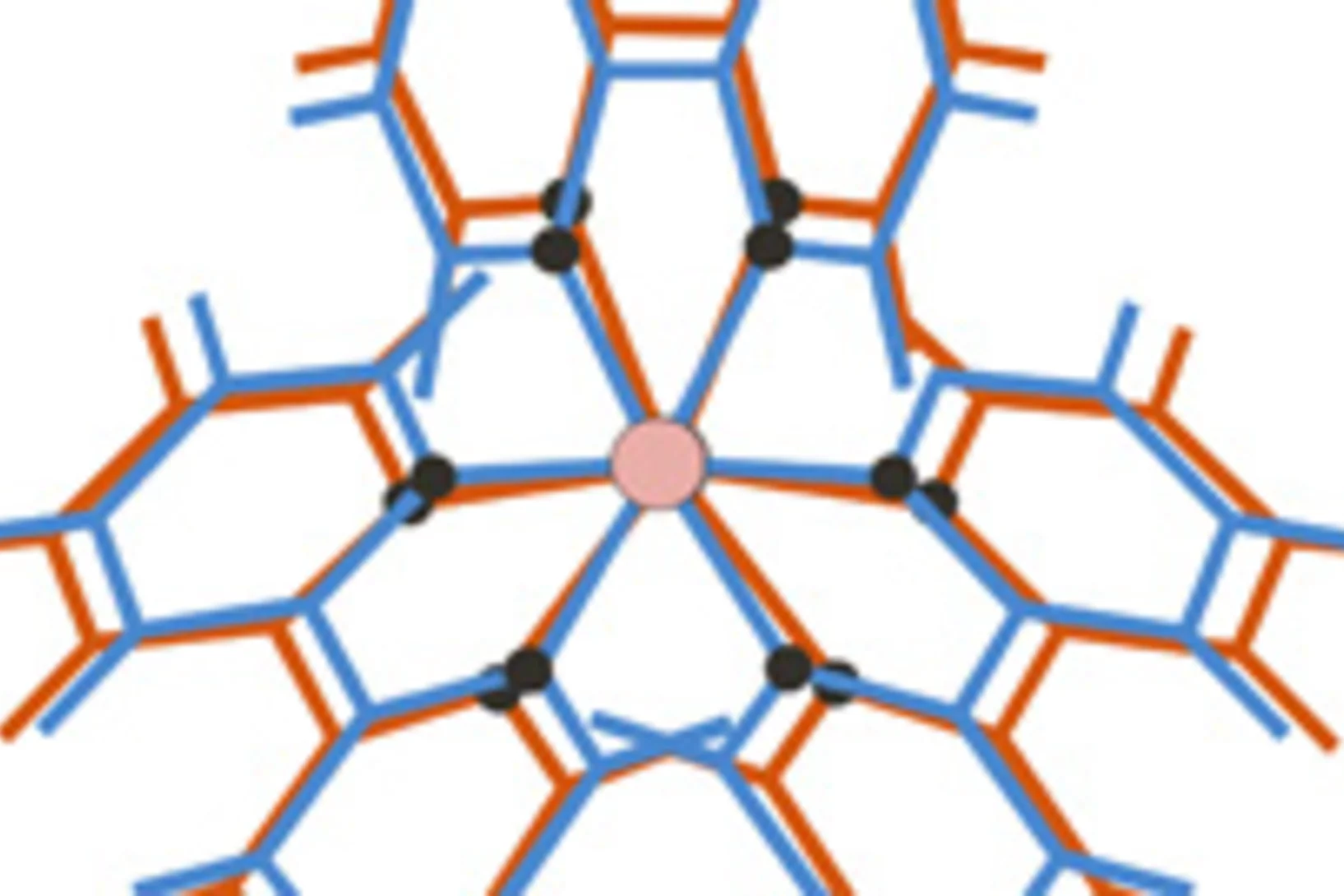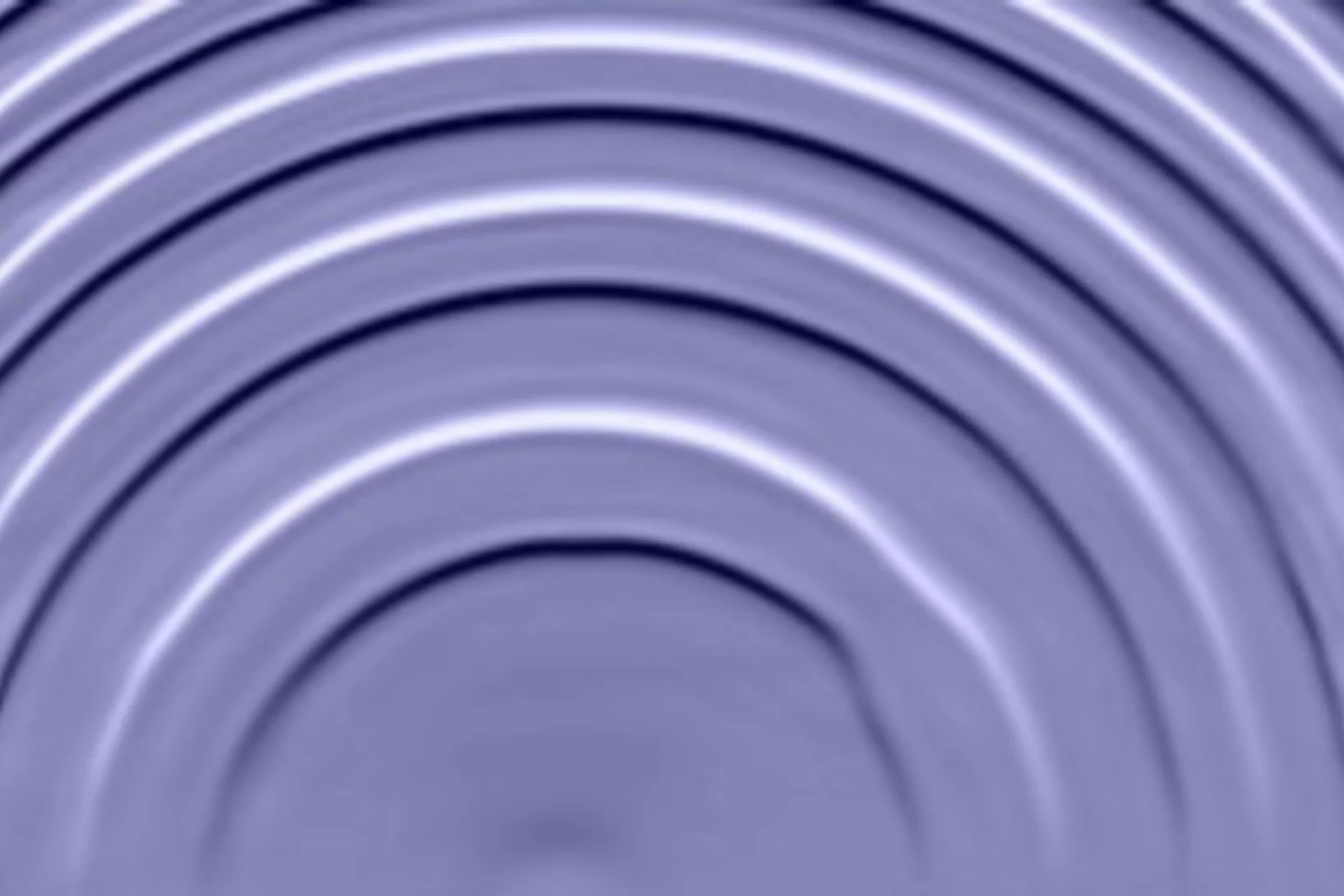Service to the scientific community
Neutrons, synchrotron light and muons are very useful for researchers in a variety of disciplines. Using these probes, we can determine the structure of crystals, they help us understand magnetic processes, or they can reveal the structures of biological materials. However, producing these probes is so difficult that most research groups will not have a neutron, muon or synchrotron light at their own scientific centre.
Aufbau von Materialien nanogenau untersuchen
Ein neues Mikroskop an der Synchrotron Lichtquelle Schweiz SLS des Paul Scherrer Instituts wird es möglich machen, den Aufbau von Materialien mit bisher unerreichter Auflösung darzustellen. Dazu werden Forschende einzelne Bereiche in einem Material betrachten, die nur wenige Nanometer (millionstel Millimeter) gross sind, und für jeden dieser Bereiche bestimmen, welche chemischen Elemente darin enthalten sind.This news release is only available in German.
Winner of Nobel Prize in Chemistry is long-term user of Swiss Light Source at the Paul Scherrer Institute
The Paul Scherrer Institute congratulates Professor Venkatraman Ramakrishnan on the Nobel Prize in Chemistry. Ramakrishnan is a long-term user of the Swiss Light Source SLS at the Paul Scherrer Institut in Switzerland. He used this facility for his prize winning studies on the structure of the ribosome.
Ticket für die Reise durch die Zelle
Publikation in Cell. Forscher entdecken Mechanismus für wesentliche Erkennungsvorgänge in lebenden Zellen. Über ihre Ergebnisse berichten die Forscher in der neuesten Ausgabe der Fachzeitschrift Cell.This news release is only available in German.
Moleküle bei der Arbeit fotografiert
Publikation in Online-Ausgabe von Science. Röntgenblitze am Paul Scherrer Institut zeigen, wie sich Moleküle während des Ablaufs einer chemischen Reaktion verändern.This news release is only available in German.
Super-Resolution X-ray Microscopy unveils the buried secrets of the nanoworld
Show Full VersionPublication in Science. A novel super-resolution X-ray microscope developed by a team of researchers from the Paul Scherrer Institut (PSI) and EPFL in Switzerland combines the high penetration power of x-rays with high spatial resolution, making it possible for the first time to shed light on the detailed interior composition of semiconductor devices and cellular structures.

